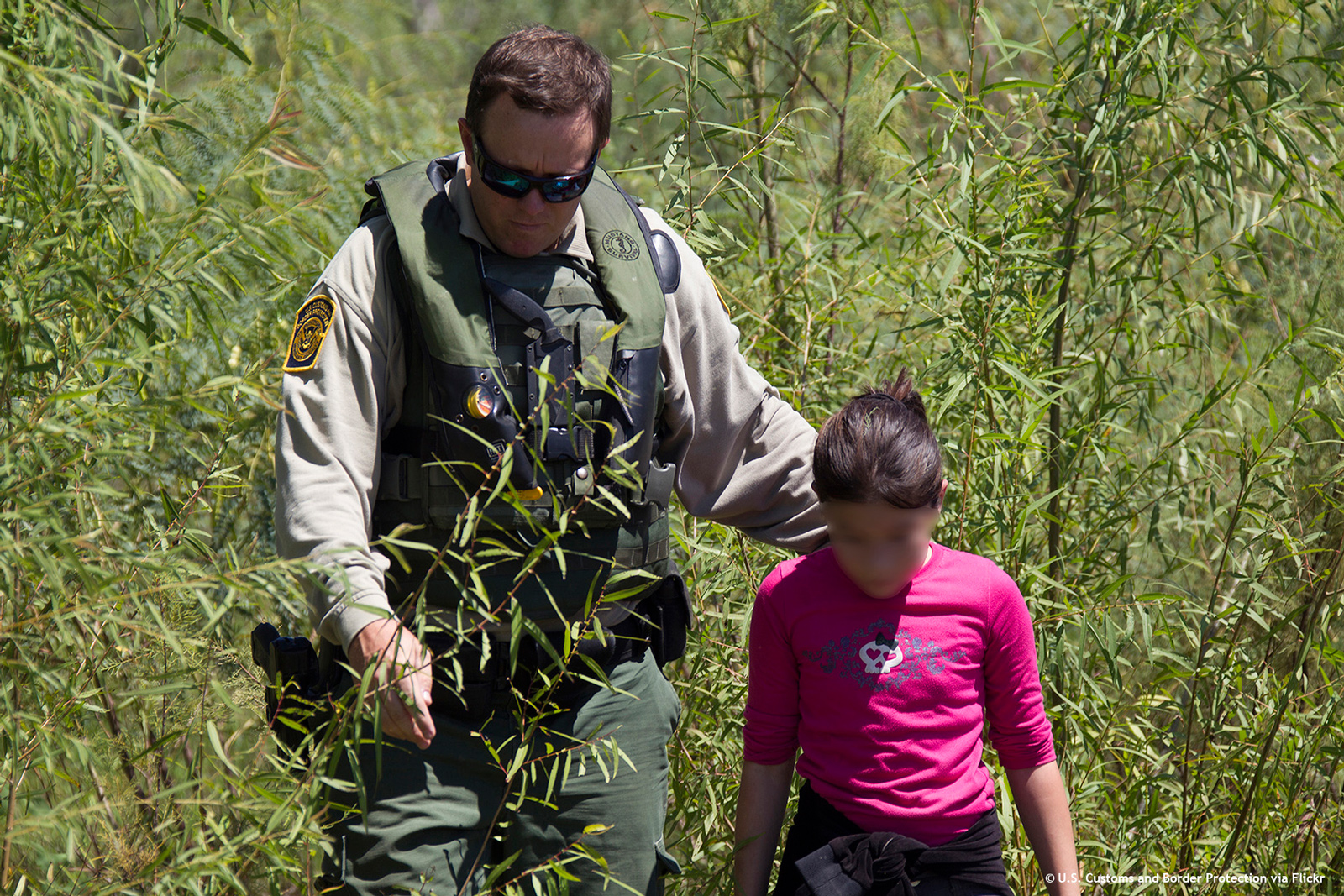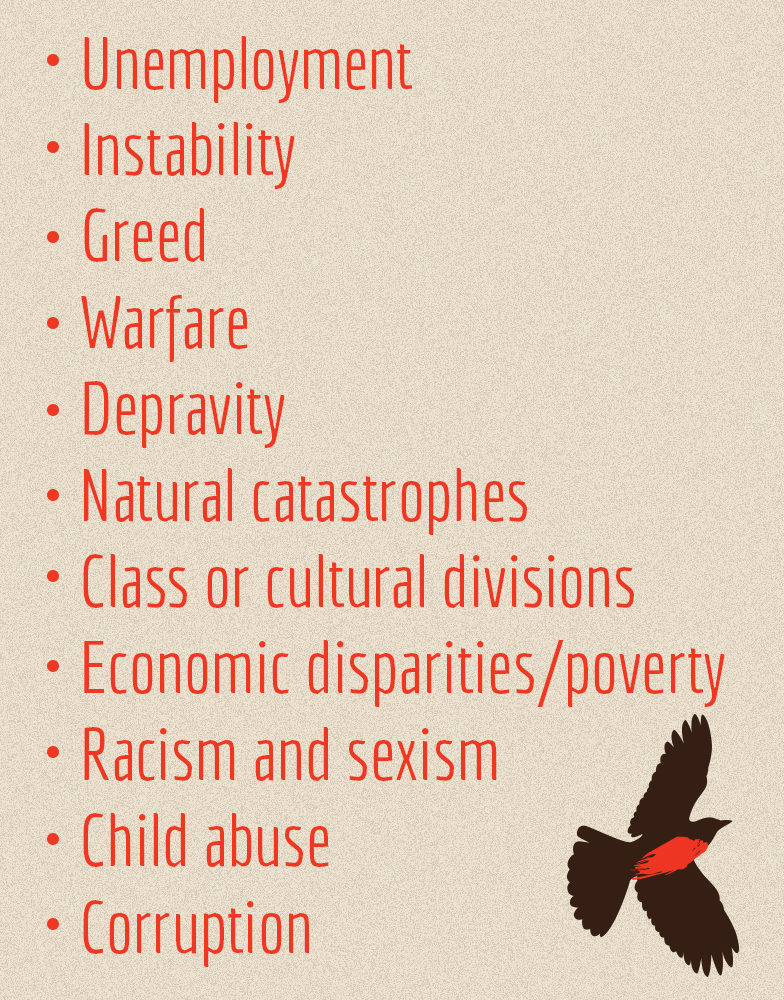Brooke Hathaway
Brooke previously served as the Executive Director of End Slavery Now, a project of the National Underground Railroad Freedom Center. Follow her on Twitter at @brooke_hath
News headlines are abuzz of the unaccompanied minor crisis at the U.S.’s southwest borders. Officials estimate that at least 60,000 children have made their way, undocumented, into the U.S. during the last year. In the wake of other major conflicts and human rights abuses like what’s happening in Ferguson and Iraq as well as the congressional recess, interest in the immigration story is waning. Perhaps some of that declining interest is good, but here’s why it must remain at the top of human trafficking activists’ radars.
The U.S. Customs and Border Protection (CBP), a part of the Department of Homeland Security, notes the major problem is the processing and operational challenges an influx of undocumented kids causes:
“Beginning last year and specifically in the last few months, CBP has seen an overall increase in the apprehension of Unaccompanied Alien Children from Central America at the Southwest Border, specifically in the Rio Grande Valley. While overall border apprehensions have only slightly increased during this time period, and remain at historic lows, the apprehension and processing of these children present unique operational challenges for CBP and HHS.”
Federal law requires that kids – because these are kids, not simply “minors” – from countries not neighboring the U.S. (Mexico and Canada) receive a court hearing before an immigration judge and cannot immediately be sent back to their home country.

The Trafficking Victims Protection Reauthorization Act (TVPRA) of 2008 is the law that ensures these unaccompanied children receive basic legal protections. The law, an anti-human trafficking law designed to strengthen protection for kids, does not afford any additional benefits to these children. It simply provides an opportunity to meaningfully screen these children for human rights abuses, like human trafficking, before blindly returning them to the circumstances motivating their escape.
By following a legal process that allows these children to appear before an immigration judge, it provides time to identify children that may qualify for relief – like those that are victims of human trafficking. This is critical to children running away from their home countries because they’ve been trafficked into commercial sex or forced labor. It’s also critical for children that qualify for other relief, for instance if they qualify for refugee status.
It may sound like a precautionary measure that’s laden with unnecessary red tape and bureaucratic hullaballoo, but this presence before a judge for a child is huge for their future if they genuinely face human rights violations at home.
If the TVPRA is amended to no longer require unaccompanied kids to stand before an immigration judge (as is currently being proposed), then thousands of children will be returned to conditions that may lead to enslavement, or enslavement itself.
These children, these greasy, dirt-streaked children not unlike those in our own lives, face horrific, unimaginable violence in their home countries, which make them – or their parents – desperate to escape. Therefore, if the U.S. truly wants to reduce the number of undocumented children coming to the U.S., it must take an interest in curbing the violence that motivates their movement.
Violence against the poor, a topic brilliantly explored by Gary Haugen, President of International Justice Mission, in his most-recent book The Locust Effect, is the leading factor in their desire to escape. Gang violence, police corruption and brutality, gender based violence and other forms of state-sponsored or state-condoned violence leads to conditions that people are desperate to escape. Wouldn’t you be if your child witnessed, let alone faced that type of violence day in and day out?
The root causes of human trafficking are what we call vulnerability points – those factors that make individuals, like these kids, more prone or susceptible to being trafficking. Vulnerability points include:

If the U.S. sends children back to these countries laden with many of the above vulnerability points without basic legal protections in place, then we’re not the country that we deem ourselves to be – not the country that believes all children deserve human rights that protect them from abuses like slavery.
The kids and their parents are desperate to escape situations we cannot even imagine. By sending kids back without providing access to a justice system, we send them back into massive instability, greed, warfare, corruption and violence. Then we won’t simply be dealing with how to process them – and protect kids – in our justice system correctly, we’ll find ourselves facing humanitarian crises and debating how valuable their lives are.
We place red X’s on our hands and our politicians publicly proclaim outrage at human trafficking, especially of children, but do we mean it when we’re faced with the hard decision of upholding a public policy committed to ending slavery in the 21st century?
Isolationism is not the answer to this crisis. It certainly didn’t work in the beginning of the 20th century, and it’s still unlikely to work today. But we’re not faced with a dichotomy between isolation and world policing. We need to offer support to address the root causes of this issue – to both stop the influx of unaccompanied children and to improve the conditions of their lives in their home countries. We must leverage our soft power, international aid and diplomacy to pressure leaders to begin addressing and prioritizing corruption, violence and instability. Otherwise, the number of children will increase, and our moral authority to do what’s right will significantly stumble.
Thanks to the efforts of activists like you, Mauritanian abolitionist Biram Dah Abeid is a free man.
Read about a possible sex trafficking case in the small town of Portsmouth, Ohio.